Gemstones special to the Muslim world
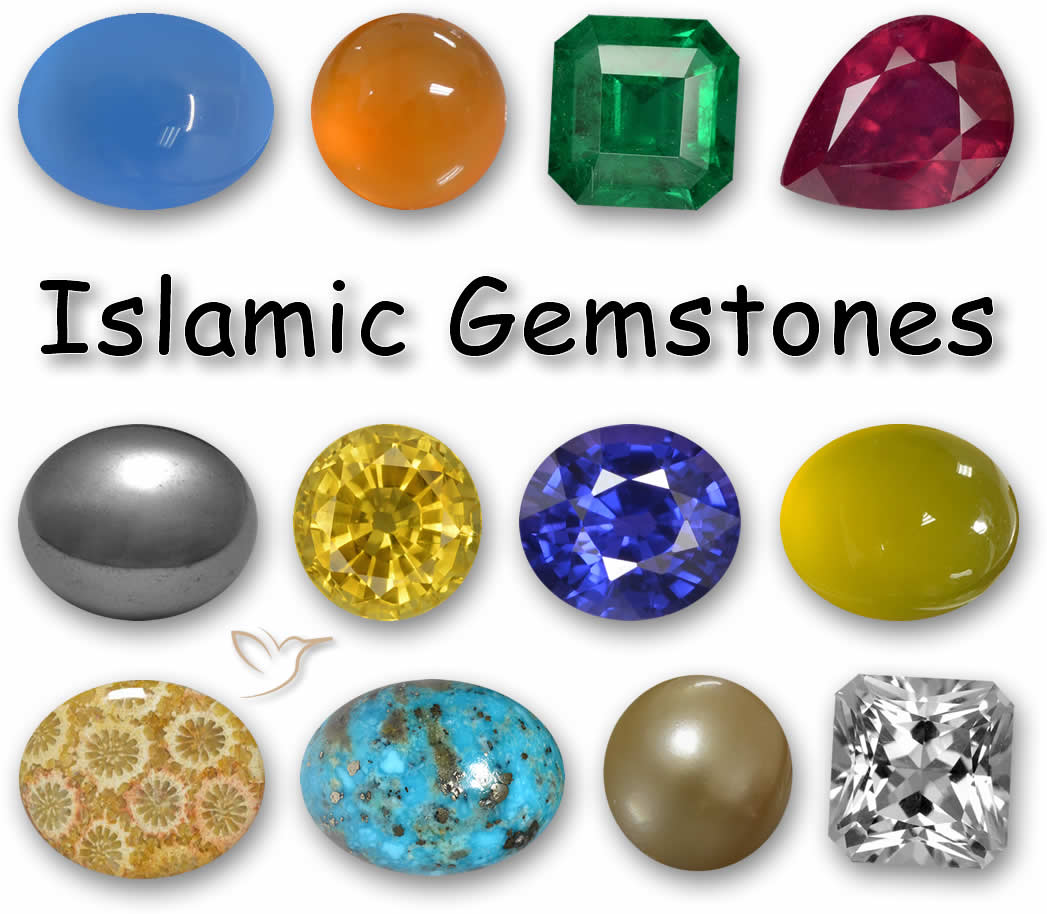
As with any diverse community with a wide variety in geography, culture, ethnicity and age-groups, the position of gemstones and Islam is not straightforward.
Most Islamic scholars would agree that the Holy Prophet (PBUH) wore at least one gemstone ring and that is was probably agate or carnelian but why He wore it and its importance is a matter for discussion.
Whether wearing gemstones is considered sunnah, halal or haram is something to be discussed with knowledgeable Imams, Alims or Mujtahids but we have a list of gemstones with historical and cultural connections to Islam that we would like to share.
The spiritual and health benefits of wearing gemstones is also a matter for argument but so long as they are not worshipped or treated as idols it will not be shirk.
Aqeeq - Agate / Carnelian
Agate and Carnelian are both forms of chalcedony quartz with the orange to red carnelian the gemstone most often associated with Islam. The Prophet Muhammad wore a carnelian and silver ring on his right hand and said:
“Wear the agate ring, for it will guard you from any evil.”
Many Muslims do the same to this day.
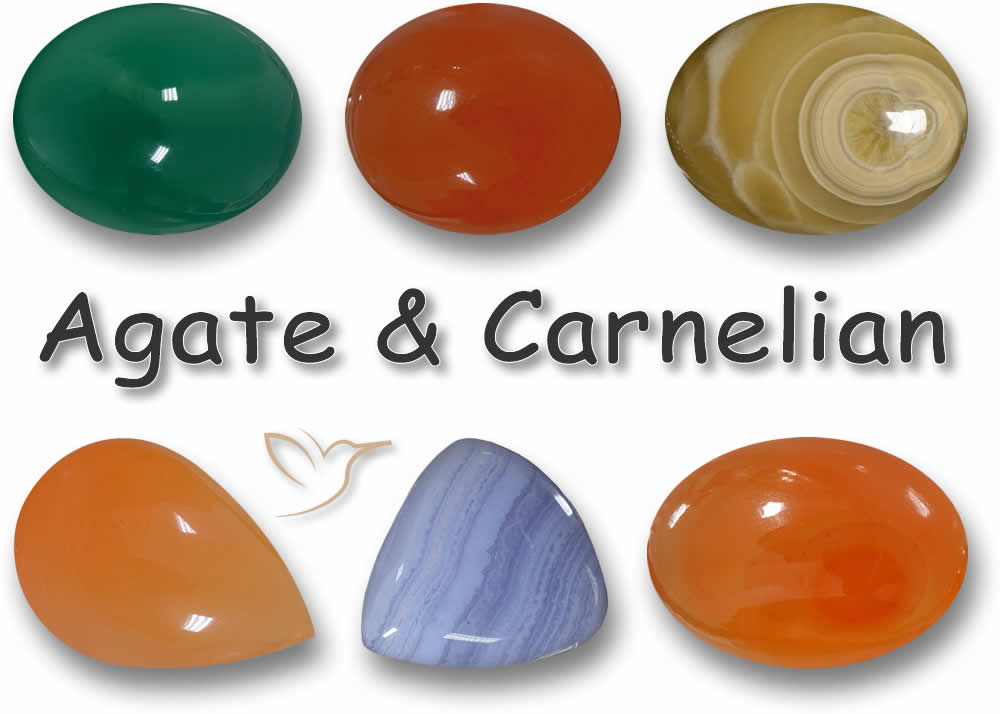
Firoza - Turquoise
Turquoise is an opaque sky blue or teal green gemstone whose English name comes from ‘Turkish Stone’. The word Firoza or Feroza has its origins in India and means ‘successful’ as well as ‘turquoise stone’ and is often a girl’s name.
Muslim scholar, Imam al-Sadiq said, ‘Whoever wears a turquoise ring will never be poor.’
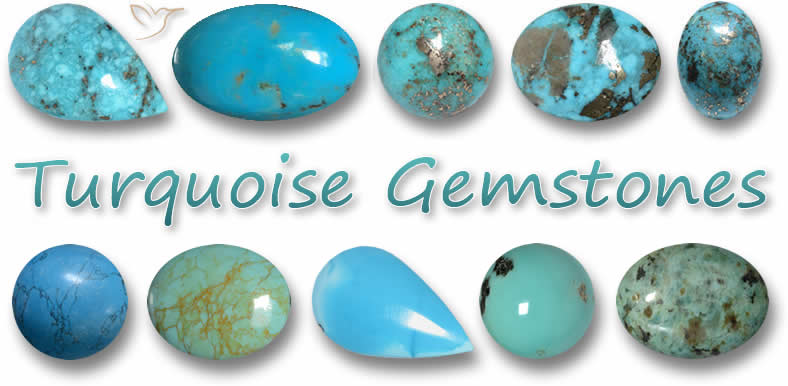
One of the original sources of Turquoise was Iran, where this gemstone has been mined for 1000s of years. It was a tradition to engrave Turquoise gemstones with holy Islamic inscriptions.
Yaqut - Ruby
The intense red ruby has been adored for centuries and the subject of many myths. Rubies were supposedly created by Adam after he was cast out of Jannah (The Garden of Eden). He arrived in Sri Lanka and, where Adam’s blessed feet touched the ground, Rubies were formed.
Muslim Philosopher, Sahib al-Rasail, said, ‘The Ruby is the most superior of all the Gems.’
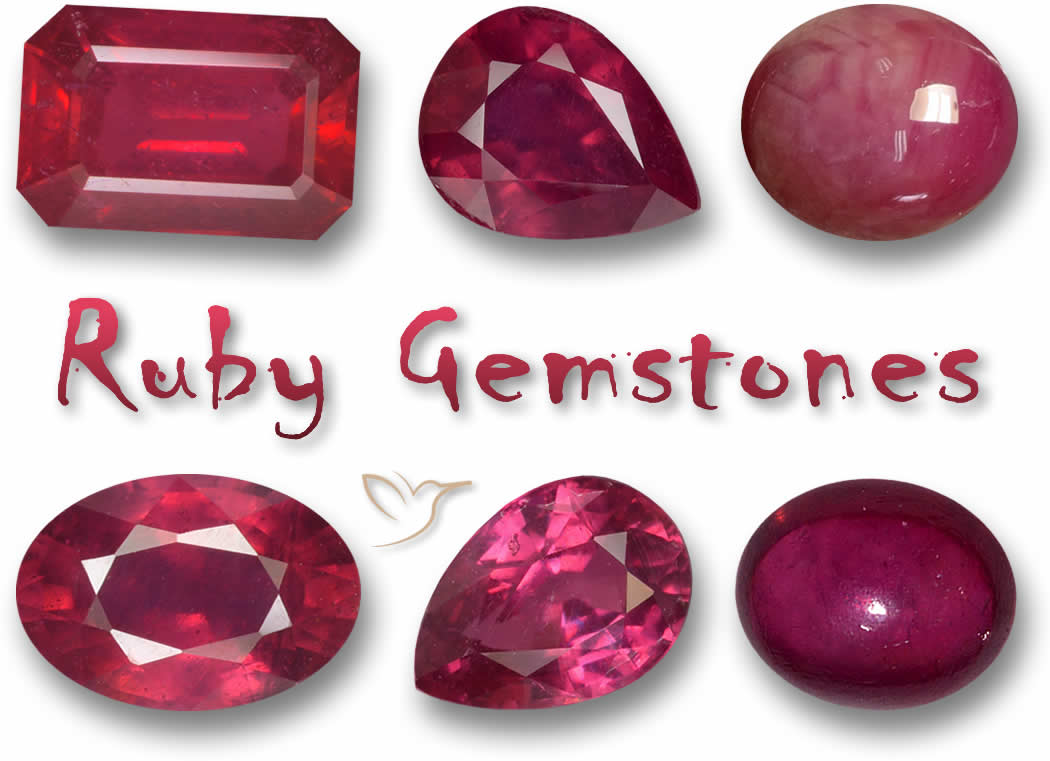
Hadid - Hematite
The word Hadid in Arabic means iron and the Hadid gemstone is hematite. Imam Ali suggested wearing Hematite gemstones for strength and to protect you from danger from the devil in certain circumstances. It was a gemstone to wear only during potentially dangerous trips not for everyday use.
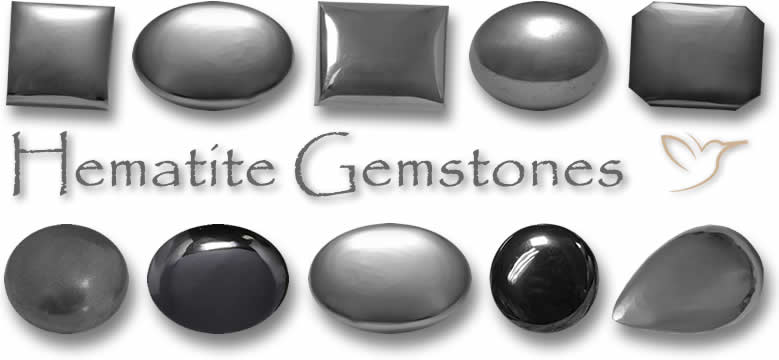
Dur E Najaf - Clear Quartz
This clear quartz is a very important and spiritual gemstone for Muslims and was originally only obtained from Najaf Al Ashraf in the middle part of Iraq. It is a gemstone that repels evil and wearing one is like undertaking a Hajj or pilgrimage to Mecca or the lesser Umrah.

All natural Dur E Najaf gemstones sourced from Iraq are very difficult to obtain but Clear Quartz, known as the ‘master healer’ is easier to find. Do be wary of any quartz bought online claiming to be genuine Dur E Najaf gemstones.
Yellow Yaqut - Yellow Sapphire
Yaqut is generally recognized to be a ruby although it also can sometimes refer to a garnet. Ruby and Sapphire are the same type of gemstone – corundum – but with slightly different trace elements which cause the various colors.
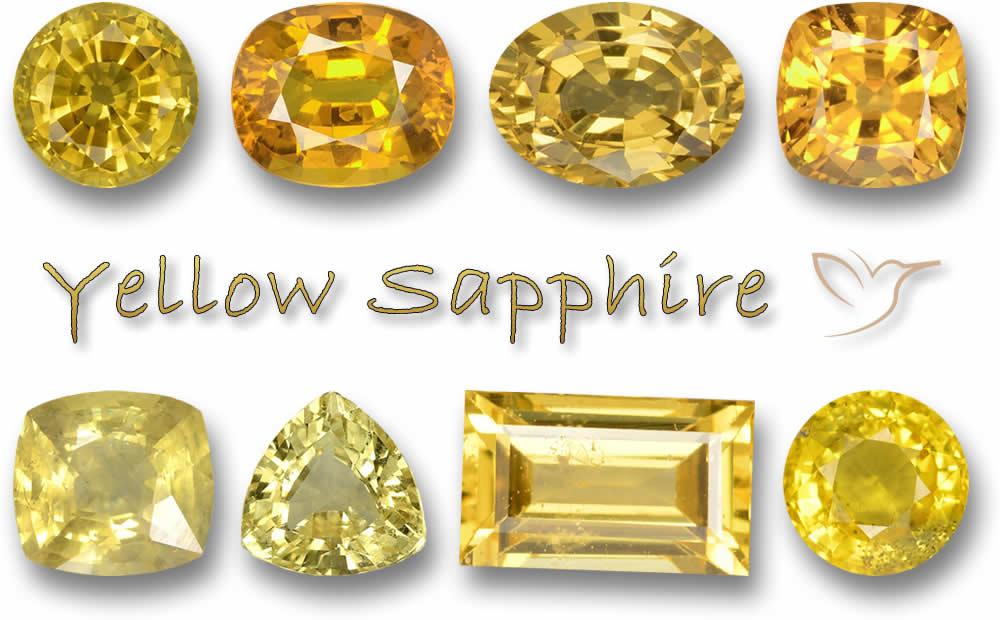
Rubies are always red and all other colored corundums are sapphires. The most famous sapphires are, of course, blue but they can come in many other colors including wonderful yellow gemstones.
Blue Yaqut - Blue Sapphire
As mentioned above, rubies and sapphires are scientifically the same mineral and only really differ in color. Rubies are always red and sapphires are generally blue. All the other possible colors are known as ‘fancy sapphires’ and include yellow, orange, green and so on.
The great Muslim scientist and scholar, Al-Biruni, identified rubies and sapphires as the same mineral in the 11th century using such methods as specific gravity and hardness well before this became common practice.
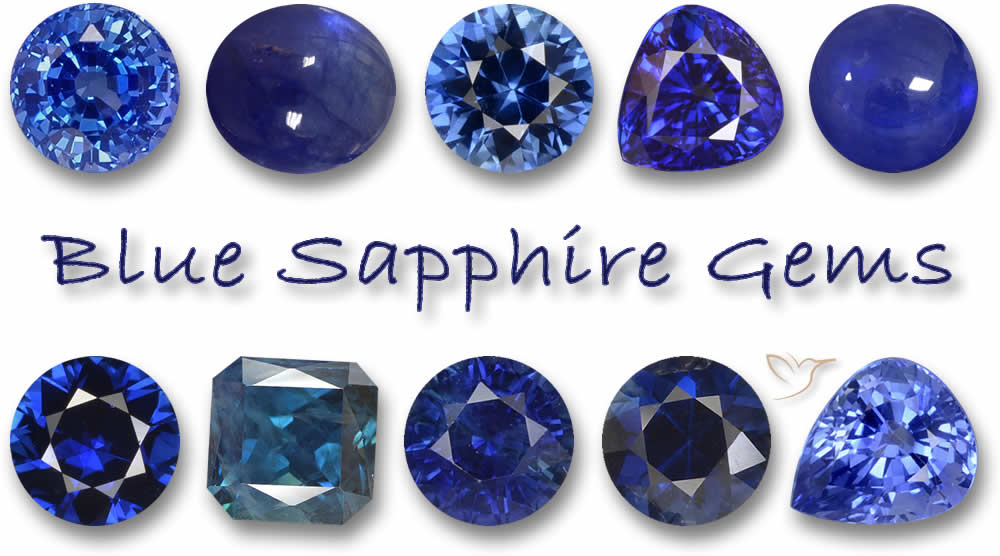
Yellow Aqeeq - Yellow Agate
Hirz are usually amulets or talismans that are engraved with verses or prayers from the Quran. The famous Hirz Sharaf al-Shams was engraved on a yellow aqeeq or agate gemstone.

We have some lovely yellow agate gemstones all the way from the ancient source of India which can be found in nice large sizes and classic oval or pear shapes.
Zumurrud - Emerald
The color green is sacred in Muslim countries and zumurruds or emeralds are the epitome of green, giving this gemstone pride of place in Islam.
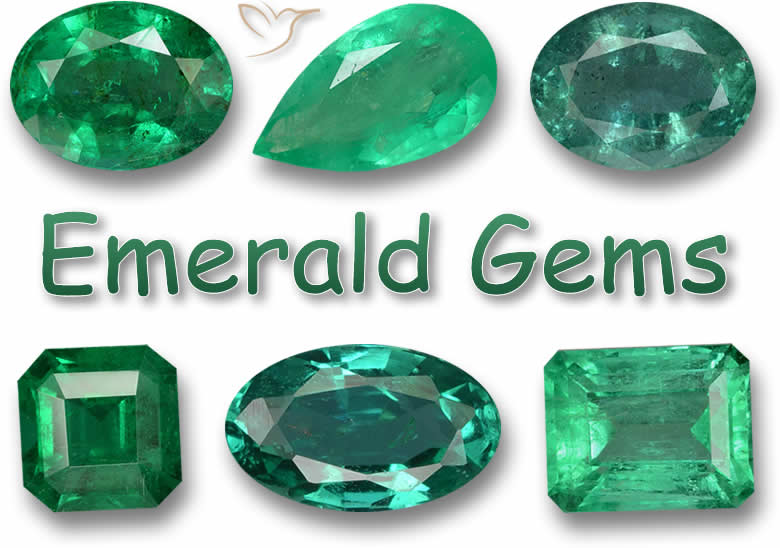
The mighty Mughal Empire stretched over much of present day India and Pakistan and spread the art and culture of Islam throughout south Asia during the 16th and 17th centuries. One of the finest and most sacred artifacts from this period was the Mogul Emerald – a 10cm tall, 220 carat rectangular cut emerald with a prayer engraved in Arabic.
The Prophet Muhammad (PBUH) said: ‘Wearing an emerald ring repels poverty.’
Lolo and Marjan - Pearl and Coral
These two historic gemstones are mention in the Holy Quran:
He has made the two seas to flow freely . . . . there come forth from them pearls and corals.
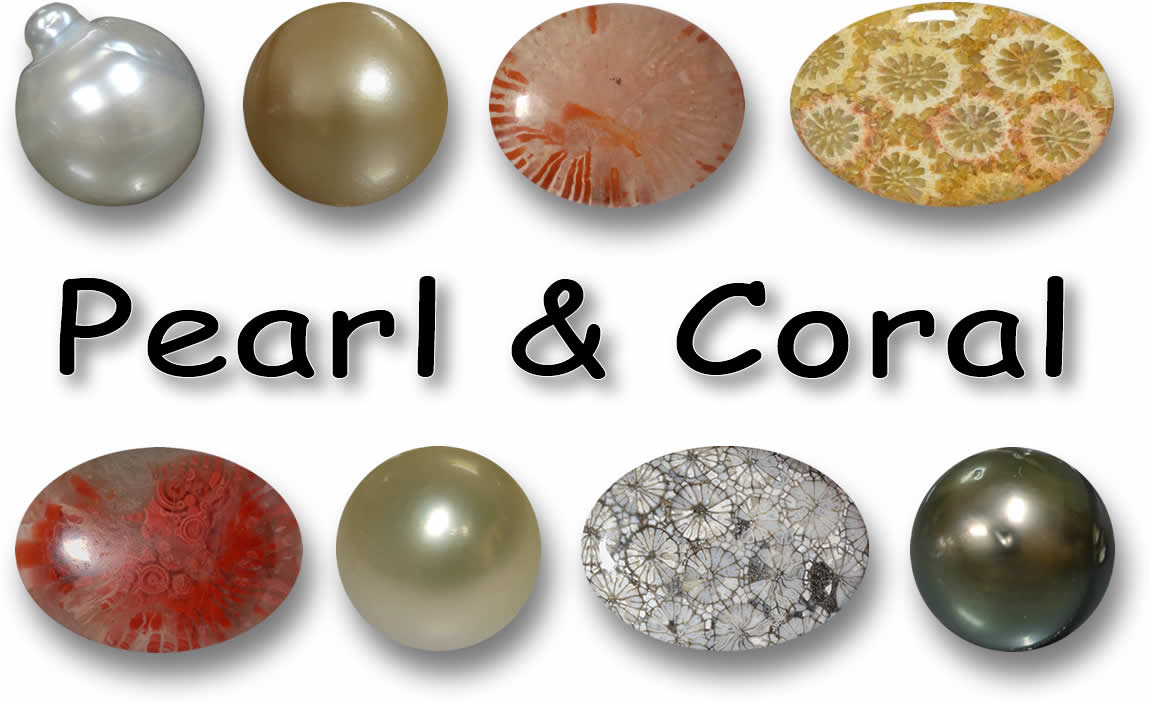
Both are what we call organic gemstones in that they are created by a living organism – shellfish in the case of pearls and polyps and algae for coral.
Recent archaeological discoveries in the seas of the Middle East, near Marawah Island, off the coast of Abu Dhabi, have shown that pearls were traded in the region close to 8000 years ago.
Two passages from the Holy Quran stand out for me as perfect examples of the Creators gift to us of colored gemstones and the joy we receive when seeing and holding them:
’. . . among the mountains are streaks white and red, of varying colors and (others) very black.’
‘And whatsoever He has created of varying colors on the earth for you.’| Aribic name | English Name | Color |
|---|---|---|
|
Aqeeq |
Orange / Red |
|
|
Firoza |
Sky Blue / Teal |
|
|
Yaqut |
Red |
|
|
Hadid |
Metallic |
|
|
Dur E Najaf |
Clear / White |
|
|
Yellow Yaqut |
Yellow |
|
|
Blue Yaqut |
Blue |
|
|
Yellow Aqeeq |
Yellow |
|
|
Zumurrud |
Green |
|
|
Lolo |
Multicolored |
|
|
Marjan |
Pink / Red |

